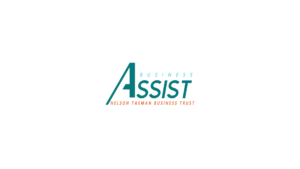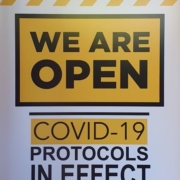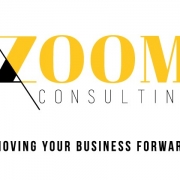We certainly hope you are all well and sticking to the rules, everyone doing the right thing now will help businesses get up and running again. Having said that we are expecting the current four week lock down to be extended, to possibly eight weeks, and then restrictions to come off slowly I.E. – reverting back to level three restrictions for a few weeks then back to level two.
We have no definitive evidence of this but looking at what’s happening overseas this is what we expect. The real message here is we are in this very unusual and curious situation for many weeks to come and we need to be prepared for it.
Savage & Savage invoicing and payment
We will be emailing March invoices as usual in the next week, however these will not contain the same level of detail we normally include as we are working remotely and don’t have access to some of the information we use each month due to not being able to get in to our premises. If you require a fully detailed invoice we can send this to you when we are able to return to the office, but do note the totals won’t change.
We also understand it a difficult managing cashflow for many so with this in mind we will work with clients to make payment over time if required. We are in exactly the same position as many of our clients, we are a small business too and are subject to the same pressures of not being able to work at normal levels to generate income.
It is important we all pay our regular invoices on time so the economy keeps ticking over but as I said above, we are very happy to work with clients to arrange payment over a few months. Please just contact Neil and he can make suitable arrangements with you. His contact details are shown below.
Wage Subsidies
Many of you will have applied for and received the wage subsidy. You need to try your hardest to pay employees named in the application at least 80% of wages. If you want and are able to you could give employees the option to top it up to 100% using annual leave or sick leave. If it isn’t possible pay 80% you need to pay at least the subsidy rate. Employers are obliged to retain the employees for whom they receive the subsidy for 12 weeks.
Paying the subsidised wages
When processing the pays in payroll, work out what 80% of their normal hours would be and pay that as ordinary hours. By paying it as ordinary hours PAYE, Kiwisaver, holiday pay etc is calculated as it should. If the employees hours vary you will need to work out an average of the last 4 weeks hours. If the last 4 weeks are not an accurate picture of their usual fluctuations in hours you can average out over the last 12 months. If topping up pays with annual leave or sick leave, use appropriate pay code.
Please set up a spreadsheet or similar to keep track of how much of the subsidy is used each pay as any balance unused is earmarked for wages but can be used for other employees. If you use the full subsidy amount for each employee each pay period, then you wouldn’t need to track it.
Reconciling transactions
Sole trader
The subsidy payment received has no GST. Code to other/sundry income, change to no GST. It is taxable as it is received by the end user.
Companies that pay end of year Shareholder Salary – no other employees
The subsidy payment received has no GST. It is taxable to the shareholder when taken as drawings. As it will be used over a period of time and is a grant earmarked for wages, it should be coded to a liability account called Subsidy with Conditions. We are more than happy to take care of coding if you’d like. We will then transfer the subsidy out of the liability account as it is used up and ensure correct coding and tax treatment.
Company or partnership with employees
The subsidy payment received has no GST. As it will be used over a period of time and is a grant earmarked for wages, it should be coded to a liability account called Subsidy with Conditions. We are more than happy to take care of coding if you’d like. We will then transfer the subsidy out of the liability account as it is used up and ensure correct coding and tax treatment. Taxable to employees as wages.
For all employers (Sole traders excluded), the income is not taxable and it is not a deductible expense when paid, we will take care of coding and ensure correct treatment when we prepare your annual accounts.
Rent and Lease Obligations
The impact for this Covid-19 event is likely to be long and lingering,
With this in mind, we recommend you contact your landlord sooner rather than later to discuss your lease and rent situation. Many leases are based on the Auckland District Law Society form and depending on the version of the ADLS Lease form you have signed with your landlord (clause numbers may vary) you should be able to negotiate a reduction in rental to a ‘fair proportion’ of the rent and outgoings as provided under clause 27.5 (No Access in Emergency) of the lease agreement.
- There exists an “emergency” that prevents the tenant from gaining access to the premises to fully conduct business from the premises because of reasons of safety of the public
27.5 (a) Access is prohibited
27.5 (c) Restriction on occupation of the premises is by a ‘competent authority’ (the government of New Zealand)
We believe that lease clause 27.5 can be relied on to enter into negotiations with your landlord.
We have seen a range of negotiated results and it is apparent landlords are prepared to share the pain everyone is experiencing, the question of what is a fair proportion of rent and outgoings is going to vary depending on your business and lease term and conditions but you should be talking with your landlords now.
Please don’t hesitate to contact us if you have any questions.
 usiness.”
usiness.”






